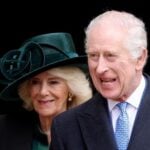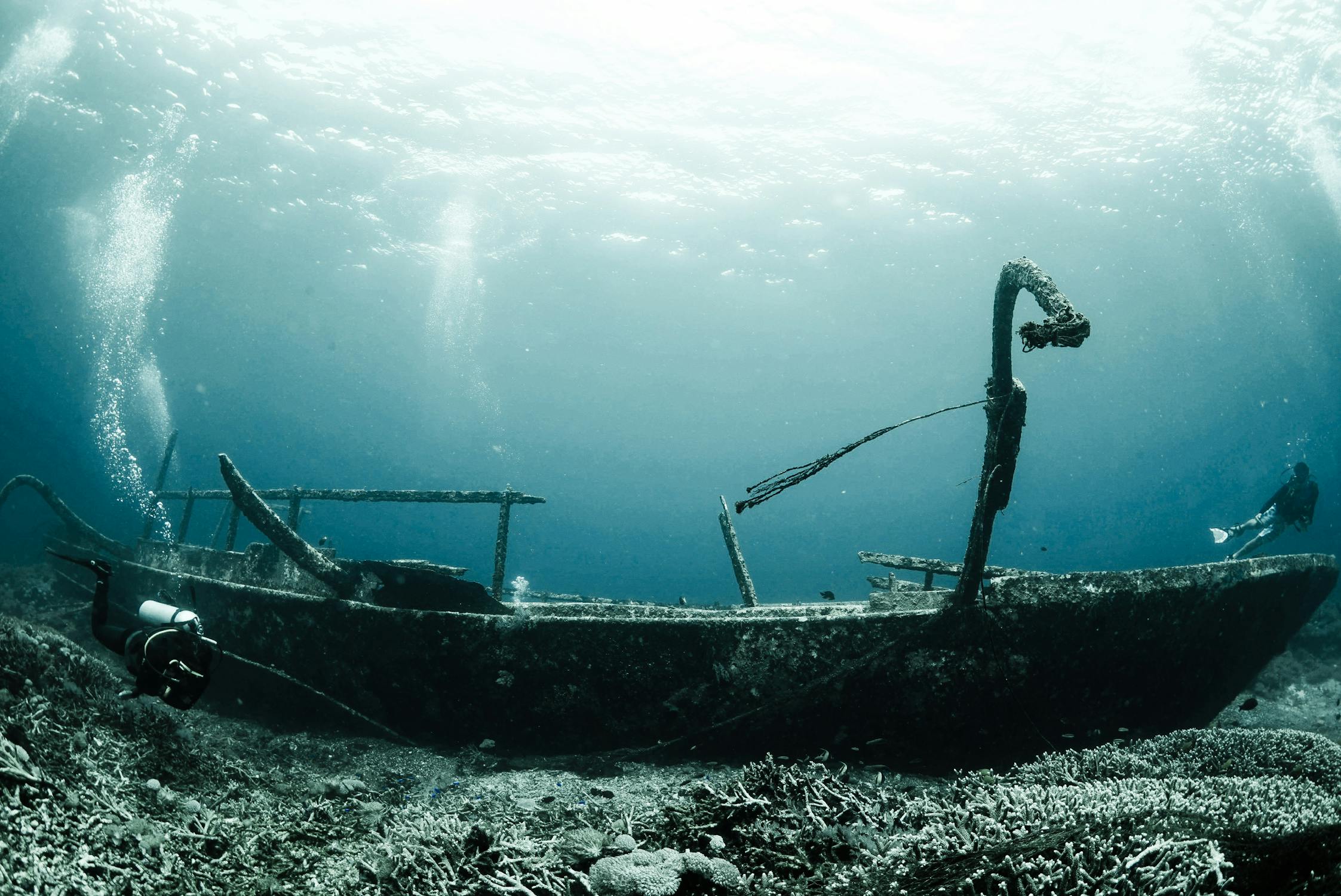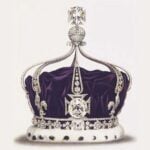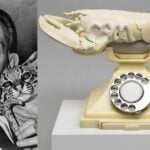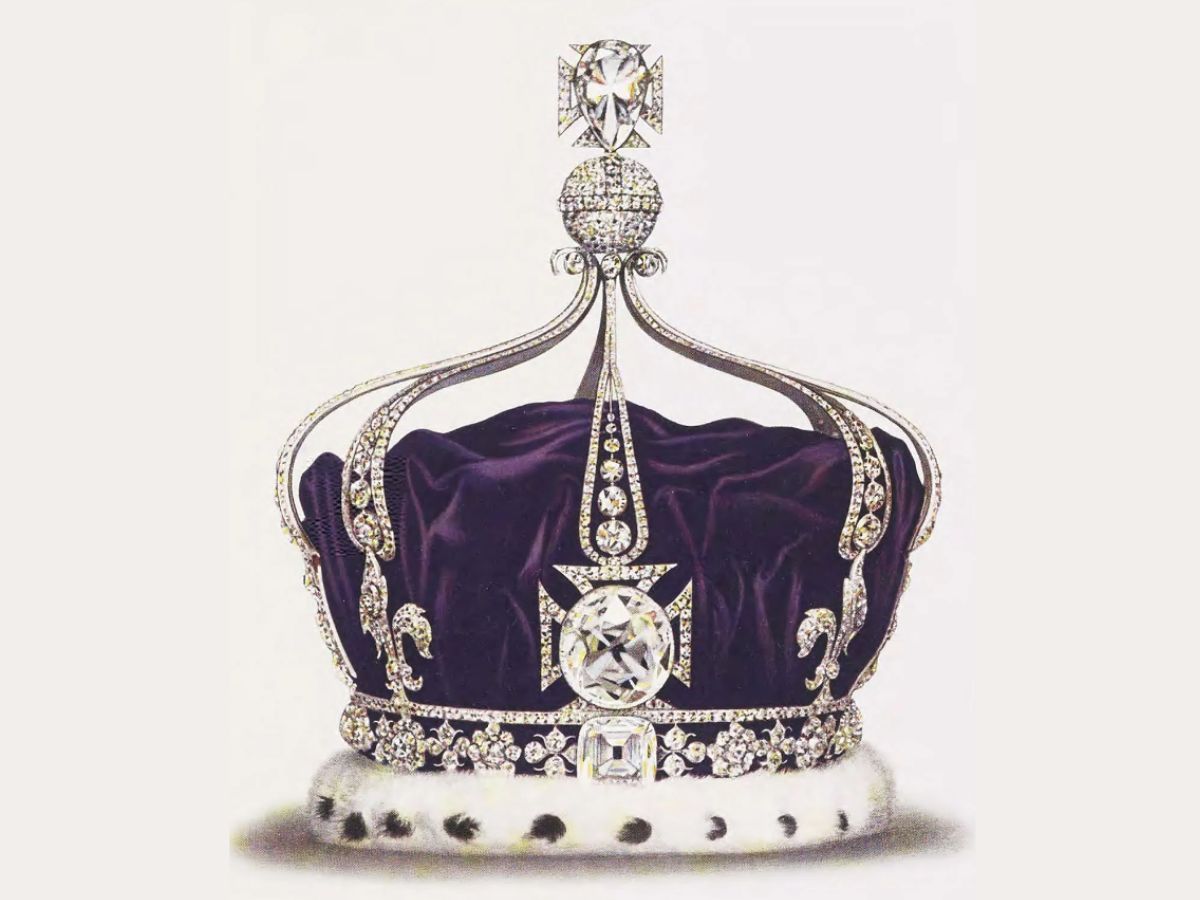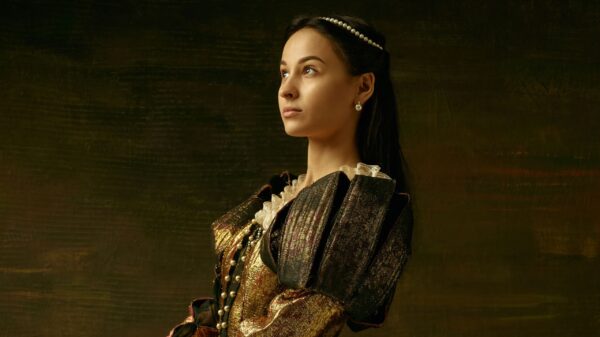Nestled within the world of priceless gemstones is a dazzling treasure with a story as intricate and captivating as the facets that adorn it. The Koh-i-Noor Diamond is renowned as the world’s most expensive diamond, boasting a storied history dating back centuries. However, it is not just its immense value and exceptional beauty that has kept it in the spotlight. This remarkable gem has been at the center of an enduring controversy, sparking debates about its origins, ownership, and the enduring legacy of colonialism.
The Koh-i-Noor’s Storied Past
The Koh-i-Noor Diamond, often referred to as the “Mountain of Light,” occupies a unique and esteemed place in the annals of history, transcending the boundaries of its physical characteristics. This extraordinary gem, with dimensions measuring 36.00 by 31.90 by 13.04 millimeters and an initial weight of approximately 793 carats, embarked on its remarkable journey from deep within the Golconda mines of India.
Its discovery is a tale that stretches back to the 13th century when it emerged from the Earth’s depths, its unrivaled brilliance immediately capturing the imaginations of those fortunate enough to lay eyes upon it. From the moment of its unearthing, the Koh-i-Noor Diamond assumed a role far beyond that of a mere precious stone. Instead, it rapidly evolved into an emblem of power, prestige, and opulence as it passed through the hands of various Indian dynasties.
Notably, the Koh-i-Noor found its ultimate residence within the illustrious Peacock Throne of the Mughal Empire, an opulent seat of authority that further elevated the gem’s mystique and significance. Nevertheless, Koh-i-Noor’s journey was marked by periods of upheaval and transformation, as it weathered Persian and Afghan invasions, with each event contributing to the rich tapestry of its illustrious history. Each new chapter added to its allure and reinforced its status as an enduring symbol of grandeur and cultural significance.

Source: Public Domain Media / Picryl
The Diamond’s Brilliance Through Transformation
Throughout its tumultuous journey, the Koh-i-Noor Diamond underwent significant reductions in size, all in pursuit of amplifying its brilliance. Masterful cutting and polishing have been applied to reveal its inner radiance, rendering it a truly dazzling gem. Measuring 105.60 metric carats, the diamond may not be the largest, but its exceptional brilliance is a testament to the skill of artisans who have labored over it through the centuries.

Source: World History (worldhistory.org)
The Koh-i-Noor’s Journey to British Hands
The turning point in Koh-i-Noor’s illustrious history unfolded during the colonial era when it came into the possession of the British East India Company. This transformative moment marked a significant chapter in the diamond’s journey and the broader story of colonialism.
The Koh-i-Noor’s fate was irrevocably altered in 1849, following the conclusion of the Second Anglo-Sikh War. The Sikh Empire, which had ruled over a vast territory in the Indian subcontinent, found itself on the losing side of this conflict. As part of the terms negotiated in the Treaty of Lahore in 1849, the Sikh Empire was compelled to cede the Koh-i-Noor Diamond to the British.
Controversy and Claims of Theft
The controversy shrouding the Koh-i-Noor Diamond is an enduring saga that has spanned generations, and at its core lies the contentious assertion that it was pilfered from India by the British. This narrative is deeply entrenched in the diamond’s journey, which transformed it from a nearly 793-carat gem to its current 105.60 metric carats—a process designed to enhance its brilliance and monetary value while retaining its symbolic significance. The pivotal moment in this controversy can be traced back to the colonial era, specifically to the British East India Company’s acquisition of the Koh-i-Noor. This historical episode remains a source of intense dispute and contention.
This transfer of ownership was not without controversy. To many, it was seen as a spoil of war, a contentious aspect of imperial expansion and subjugation. The diamond’s journey to British hands was marked by the complexities of colonialism, power dynamics, and the ethical questions surrounding the acquisition of cultural treasures during such turbulent times.
The acquisition of the Koh-i-Noor Diamond marked a pivotal moment in its journey. It became a prized possession of the British Crown, with Queen Victoria receiving the diamond in 1850. This symbolic transfer of power from the Sikh Empire to the British monarchy solidified the Koh-i-Noor’s place in British royal history.
From Rough to Refined Brilliance
When the Koh-i-Noor first emerged from the depths of the Earth, it was a rough, uncut gem weighing approximately 793 carats. Its inherent beauty was evident, but its true brilliance was concealed beneath layers of imperfections and irregularities.
Given its poor reception at the 1851 Great Exposition in London, where the British public found it unimpressive and even likened it to common glass, Prince Albert, Queen Victoria’s husband, decided to have the stone recut and polished. This process, while reducing its size by half, greatly improved its ability to refract light brilliantly from its surface. As the Koh-i-Noor underwent these meticulous transformations, it gradually revealed its inner radiance. The diamond’s once-hidden beauty was unlocked, captivating all who gazed upon it. While it may not be the largest diamond in the world, its brilliance is unparalleled, a testament to the craftsmanship and dedication of those who labored to reveal its true splendor.
The Koh-i-Noor’s transformation from a rough, uncut gem to a radiant jewel is not just a physical process but also a metaphor for the diamond’s own journey through history. It reflects the enduring human quest for beauty and perfection, as well as the ever-evolving narratives that surround this remarkable gem.
Why the Koh-i-Noor Diamond Remains in British Possession
The Koh-i-Noor Diamond continues to be at the center of a heated international dispute. Demands for its repatriation to India persist persist, with India, Pakistan, and other countries claiming rightful ownership. The controversy underscores questions about historical justice and the moral obligation to return artifacts taken during colonial times.
The Ongoing Debate: Legality of Acquisition
The British government asserts that the acquisition of the Koh-i-Noor Diamond was lawful and conducted under the terms of treaties and agreements that were in place during the colonial era. From their perspective, the diamond was obtained through legal means, including the Treaty of Lahore in 1849, following the Second Anglo-Sikh War. As such, they argue that they have a legitimate claim to the diamond.
Spoils of War vs. Legal Acquisition
Critics contend that the Koh-i-Noor was, in essence, a spoil of war. It was taken from the Sikh Empire in the aftermath of the Second Anglo-Sikh War and the signing of the Treaty of Lahore in 1849. This viewpoint underscores the notion that it was acquired through conquest and subjugation, a common practice during the era of imperial expansion.
The controversy surrounding the Koh-i-Noor Diamond continues to evoke passionate debates, with stakeholders on both sides firmly entrenched in their positions. It is a stark reminder of the historical complexities inherent in the ownership and restitution of cultural treasures, as well as the enduring legacy of colonialism and its multifaceted impact on nations, individuals, and the world at large.
Cultural Significance in Britain
The Koh-i-Noor Diamond holds cultural and historical significance in Britain beyond its value as a gemstone. It represents an enduring link to the British monarchy, history, and tradition. For some, its repatriation is viewed as a loss of an integral part of British heritage.
The Koh-i-Noor Diamond is part of a broader debate about the repatriation of cultural artifacts acquired during the colonial period. The British government’s stance on the precious gem is consistent with their position on other items, arguing that the return of such artifacts could set a precedent that would call into question the ownership of numerous items held by museums and institutions worldwide.

Source: CNN
International Relations
The debate over the diamond’s repatriation has implications for international relations, particularly between India and the United Kingdom. While there have been discussions and diplomatic efforts to address this issue, the resolution remains elusive. Britain’s refusal to return the diamond is seen by some as a matter of national pride and a reflection of their stance on historical restitution.
Furthermore, the Koh-i-Noor’s case raises broader questions about the ownership and display of cultural artifacts in international museums and institutions. The British government’s position is aligned with the principle that cultural treasures should be preserved and displayed in institutions that can ensure their conservation and accessibility to the public.
The Koh-i-Noor in British Crown Jewels
As of today, the Koh-i-Noor Diamond stands as one of the most prized and captivating gems among the British Crown Jewels. Its presence within this dazzling collection is nothing short of extraordinary, and it has earned its place as a star attraction. The Koh-i-Noor doesn’t merely reside within the confines of a vault; it adorns a significant piece of royal regalia—the British Queen Mother’s Crown. This particular crown is a testament to the grandeur and tradition of the British monarchy.
It was created in 1937 for Queen Elizabeth, the Queen Mother, the beloved wife of King George VI. The crown itself is a work of art, encrusted with a plethora of gemstones and pearls, each with its own story and significance. Among this resplendent array, the Koh-i-Noor shines as a brilliant centerpiece, its multifaceted beauty adding to the crown’s allure.
The placement of the Koh-i-Noor Diamond in the British Queen Mother’s Crown is not merely a matter of aesthetics but also one of historical continuity. It reflects the enduring legacy of the British monarchy and its historical connection to India, where the diamond was mined and originally gained fame. As such, it becomes a symbol not only of the British Crown but also of the shared history and cultural exchanges between nations.
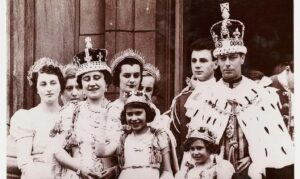
Source: naturaldiamonds.com (Diamonds Hall of Fame)
International Diplomacy and Demands for Repatriation
India, in particular, has been at the forefront of the movement seeking the return of the Koh-i-Noor Diamond. Demands for repatriation have been met with mixed responses and have become a matter of international diplomacy. Diplomatic efforts have been made to negotiate the diamond’s return, and this issue remains a topic of discussion between India and the United Kingdom.
The Moral and Ethical Dilemma
The debate raises profound moral and ethical questions. It prompts us to ponder the consequences of colonialism and the responsibilities that come with possessing cultural artifacts that were acquired during imperial rule. The Koh-i-Noor represents not only wealth but also the history of colonialism, and this has sparked intense moral debates.
Historical Justice and Symbolism
The diamond has become a symbol of historical injustice in the eyes of some. Those advocating for its return often argue that its removal from India was part of a broader pattern of cultural appropriation and plunder during the colonial era. As such, its repatriation is seen as a step toward rectifying historical injustices.
Historical Significance
The Koh-i-Noor Diamond is more than just a beautiful gem; it embodies the shared history, cultural exchange, and complex geopolitics that have shaped the world. Its journey from India to Britain reflects the larger narrative of colonialism and its lasting impact on the nations involved. The diamond’s presence in the British Crown Jewels evokes powerful emotions and raises important questions about the responsibilities of possessing such historical treasures.
Furthermore, The Koh-i-Noor diamond has been set in various crowns and pieces of jewelry throughout its history. It has not been worn by many individuals but has been incorporated into different regal and ceremonial items. Some notable individuals who have worn crowns or items containing the Koh-i-Noor diamond include:
- Queen Victoria: The Koh-i-Noor diamond was presented to Queen Victoria in 1850 and was later set in a brooch.
- Queen Alexandra: Queen Victoria’s daughter-in-law, Queen Alexandra, wore the Koh-i-Noor diamond in a crown for the coronation of her husband, King Edward VII, in 1902.
- Queen Mary: Queen Mary, the wife of King George V, also wore the Koh-i-Noor diamond in a crown during her husband’s coronation.
- Queen Elizabeth The Queen Mother: The Koh-i-Noor diamond is currently set in the Queen Mother’s Crown, which was made for Queen Elizabeth (later known as the Queen Mother) in 1937. She wore it on various ceremonial occasions.
- Queen Elizabeth II: While Queen Elizabeth II has not worn the Koh-i-Noor diamond as part of her regular jewelry, it remains in the Crown Jewels, which she has seen during her reign.
Contemporary Relevance of the Koh-i-Noor Diamond
The Koh-i-Noor crown is currently not worn regularly by any member of the current British royal family. Nevertheless, the diamond’s history and symbolism today are significant.
Reflection of the Monarchy
The royal crown was traditionally seen as a symbol of kingship and authority, and it was believed that whoever possessed the diamond would rule the world. It has been associated with power, prestige, and wealth retaining its enduring significance in the modern era. The British royal family symbolizes power and prestige today due to:
- A Deep Historical Legacy
- Global Recognition
- Soft power as cultural ambassadors
- Economic impact
- Unifying role within the UK
- Philanthropic work
- Involvement in state ceremonies
The Public’s Interest of The Crown
The Koh-i-Noor, like other components of the Crown Jewels, draws significant public interest and is a popular attraction for tourists and visitors to the Tower of London, where they are displayed. Its presence enhances the cultural allure of the Crown Jewels as a national treasure.
Where is the Crown Today?
The British Queen Mother’s Crown, with the Koh-i-Noor at its heart, is displayed with great pride and reverence. It is a centerpiece of the British Crown Jewels, a collection that draws millions of visitors annually to the Tower of London, where they can witness the brilliance and historical significance of these regal artifacts.
The presence of the Koh-i-Noor within this crown is a reminder of its remarkable journey through history, from the Golconda mines of India to the British monarchy’s most treasured possessions. It continues to spark intrigue, admiration, and debate, as it remains at the nexus of questions surrounding ownership, cultural heritage, and the moral and ethical obligations of possessing such a storied gem.
The World’s Most Expensive Diamond
The Koh-i-Noor Diamond’s value is a subject of intrigue and estimation. While experts suggest its worth falls somewhere between $140 million to US$400 million, the precise value remains uncertain. Factors influencing its value include its physical attributes, historical significance, market demand, and the controversies surrounding its acquisition. Its worth transcends mere monetary calculation, embodying a blend of cultural, historical, and symbolic importance, making it immeasurable in conventional terms.
The Gem of Royal Power
The precious diamond’s journey from the Golconda mines of India to the Tower of London is a story that spans centuries and empires. While it may not be the largest or clearest diamond in the world, its exceptional brilliance is a testament to the craftsmanship that has shaped its history.
The enduring debate over its ownership and the legacy of colonialism is a testament to the diamond’s historical significance. Whether it remains ensconced in the Tower of London or embarks on a new chapter of its storied existence, the “Mountain of Light” will continue to illuminate discussions about history, justice, and the enduring echoes of the past. Its presence in the British Crown Jewels serves as a reminder of the complex and interconnected world we inhabit, where the glittering surface of a gemstone can conceal layers of history and intrigue.



